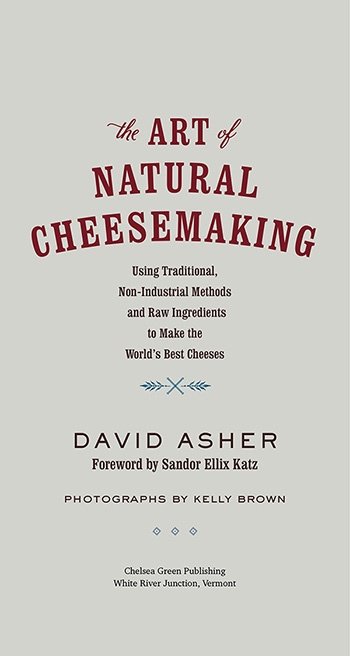David Asher - The Art of Natural Cheesemaking: Using Traditional, Non-Industrial Methods and Raw Ingredients to Make the World’s Best Cheeses
Here you can read online David Asher - The Art of Natural Cheesemaking: Using Traditional, Non-Industrial Methods and Raw Ingredients to Make the World’s Best Cheeses full text of the book (entire story) in english for free. Download pdf and epub, get meaning, cover and reviews about this ebook. year: 2015, publisher: Chelsea Green Publishing, genre: Home and family. Description of the work, (preface) as well as reviews are available. Best literature library LitArk.com created for fans of good reading and offers a wide selection of genres:
Romance novel
Science fiction
Adventure
Detective
Science
History
Home and family
Prose
Art
Politics
Computer
Non-fiction
Religion
Business
Children
Humor
Choose a favorite category and find really read worthwhile books. Enjoy immersion in the world of imagination, feel the emotions of the characters or learn something new for yourself, make an fascinating discovery.
- Book:The Art of Natural Cheesemaking: Using Traditional, Non-Industrial Methods and Raw Ingredients to Make the World’s Best Cheeses
- Author:
- Publisher:Chelsea Green Publishing
- Genre:
- Year:2015
- Rating:5 / 5
- Favourites:Add to favourites
- Your mark:
The Art of Natural Cheesemaking: Using Traditional, Non-Industrial Methods and Raw Ingredients to Make the World’s Best Cheeses: summary, description and annotation
We offer to read an annotation, description, summary or preface (depends on what the author of the book "The Art of Natural Cheesemaking: Using Traditional, Non-Industrial Methods and Raw Ingredients to Make the World’s Best Cheeses" wrote himself). If you haven't found the necessary information about the book — write in the comments, we will try to find it.
Including more than 35 step-by-step recipes from the Black Sheep School of Cheesemaking
Most DIY cheesemaking books are hard to follow, complicated, and confusing, and call for the use of packaged freeze-dried cultures, chemical additives, and expensive cheesemaking equipment. For though bread baking has its sourdough, brewing its lambic ales, and pickling its wild fermentation, standard Western cheesemaking practice today is decidedly unnatural. In The Art of Natural Cheesemaking, David Asher practices and preaches a traditional, but increasingly countercultural, way of making cheeseone that is natural and intuitive, grounded in ecological principles and biological science.
This book encourages home and small-scale commercial cheesemakers to take a different approach by showing them:
How to source good milk, including raw milk;
How to keep their own bacterial starter cultures and fungal ripening cultures;
How make their own rennetand how to make good cheese without it;
How to avoid the use of plastic equipment and chemical additives; and
How to use appropriate technologies.
Introductory chapters explore and explain the basic elements of cheese: milk, cultures, rennet, salt, tools, and the cheese cave. The fourteen chapters that follow each examine a particular class of cheese, from kefir and paneer to washed-rind and alpine styles, offering specific recipes and handling advice. The techniques presented are direct and thorough, fully illustrated with hand-drawn diagrams and triptych photos that show the transformation of cheeses in a comparative and dynamic fashion.
The Art of Natural Cheesemaking is the first cheesemaking book to take a political stance against Big Dairy and to criticize both standard industrial and artisanal cheesemaking practices. It promotes the use of ethical animal rennet and protests the use of laboratory-grown freeze-dried cultures. It also explores how GMO technology is creeping into our cheese and the steps we can take to stop it.
This book sounds a clarion call to cheesemakers to adopt more natural, sustainable practices. It may well change the way we look at cheese, and how we make it ourselves.
David Asher: author's other books
Who wrote The Art of Natural Cheesemaking: Using Traditional, Non-Industrial Methods and Raw Ingredients to Make the World’s Best Cheeses? Find out the surname, the name of the author of the book and a list of all author's works by series.

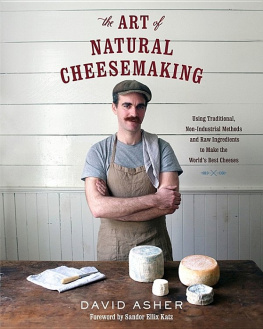
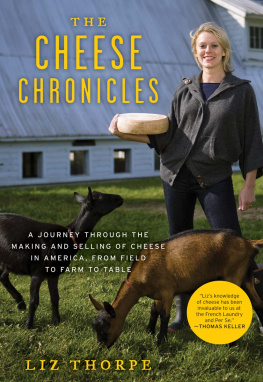

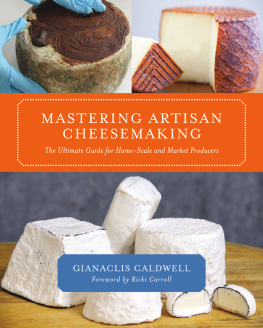
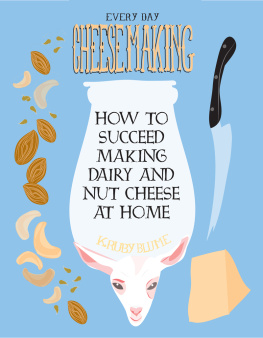
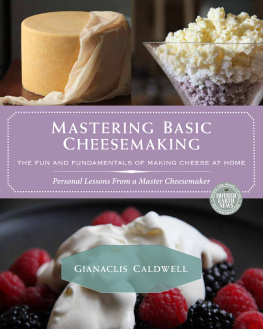
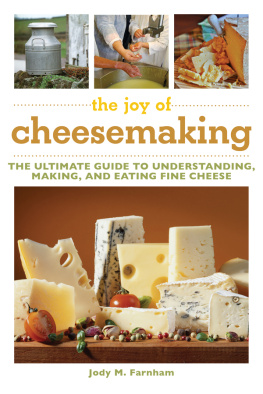
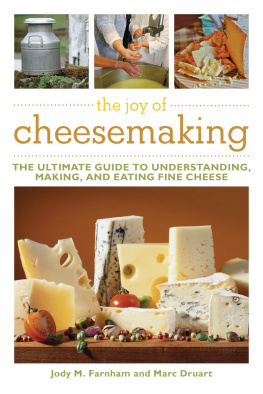
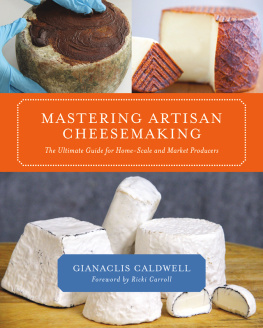
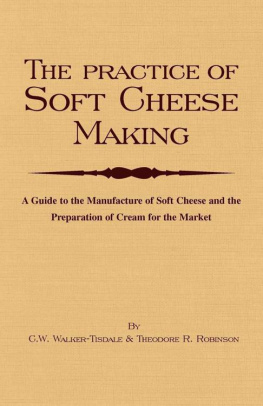
 Praise for
Praise for
